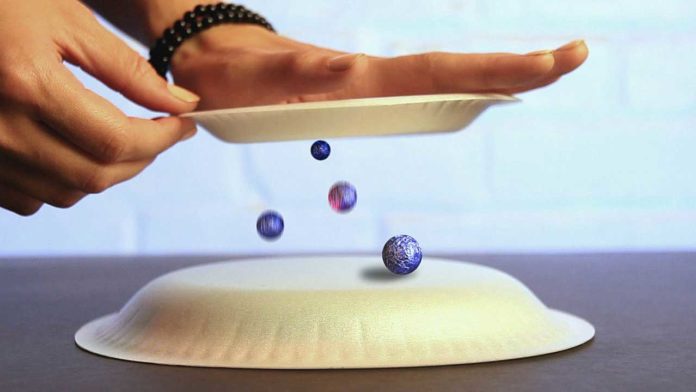Scientists at the Northwestern University have developed a model that demonstrates that rubbing two objects together generates static electricity produced via friction, or triboelectricity, by binding the tiny protrusions on the surface of materials.
This new understanding could have significant implications for existing electrostatic applications, for example, energy harvesting and printing, just as for avoiding potential threats, for example, fires begun by sparkles from static electricity.
At the nanoscale, all materials have rough surfaces with countless tiny protrusions. When two materials come into contact and rub against each other, these protrusiions bend and deform.
Scientists demonstartes that these deformations increase voltages that ultimately lead to generation of static charging. Such phenomenon is also known as flexoelectric effect that arises when the separation of charge in an insulator arises from deformations such as bending.
Using the model, scientists showed that voltages arising from the bending protrusions during rubbing are, indeed, large enough to cause static electricity. This work clarifies various experimental observations, for example, why charges are created when two pieces of a similar material are rubbed together and predicts tentatively measured charges of wonderful precision.
Laurence Marks, professor of materials science and engineering in Northwestern‘s McCormick School of Engineering said, “Our finding suggests that triboelectricity, flexoelectricity and friction are inextricably linked. This provides much insight into tailoring triboelectric performance for current applications and expanding functionality to new technologies.”
“This is a great example of how fundamental research can explain everyday phenomena which hadn’t been understood previously, and of how research in one area—in this case friction and wear—can lead to unexpected advances in another area. NSF funds research like this in materials science and engineering for new knowledge that can one day open new opportunities.”
